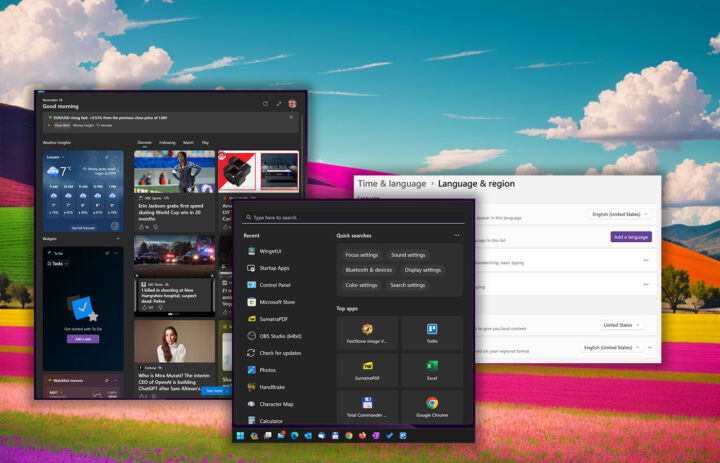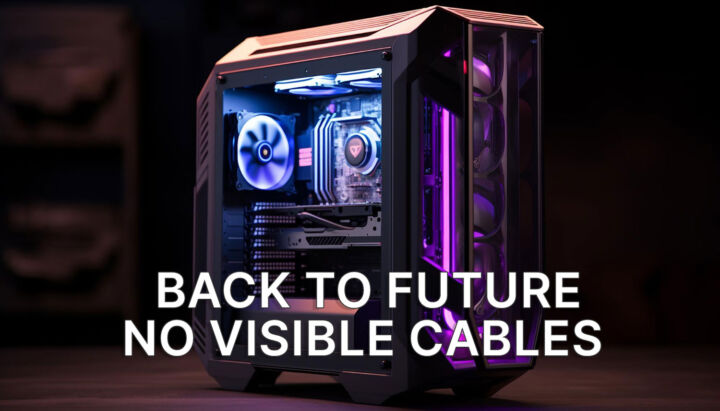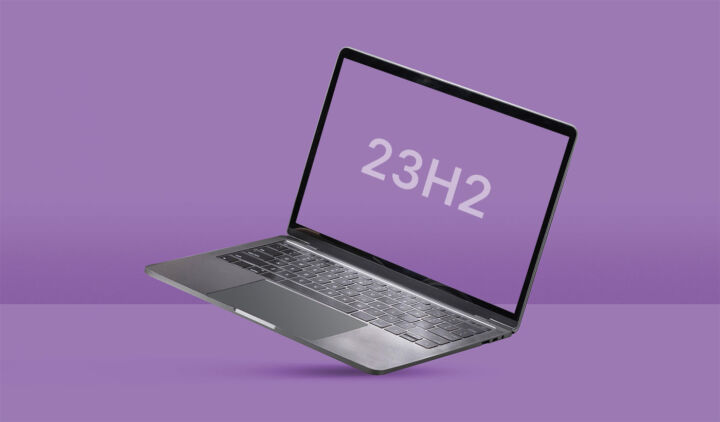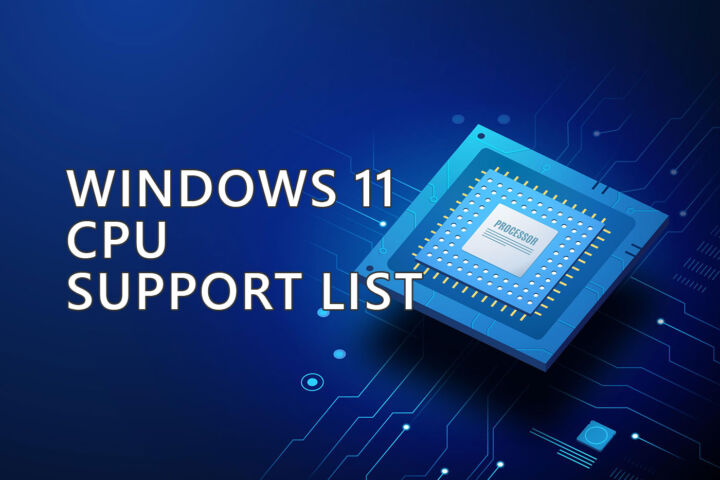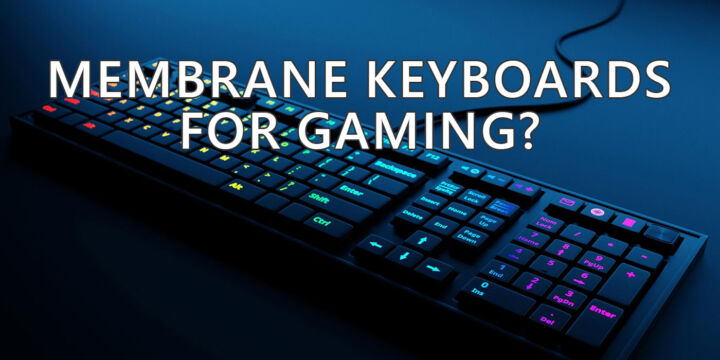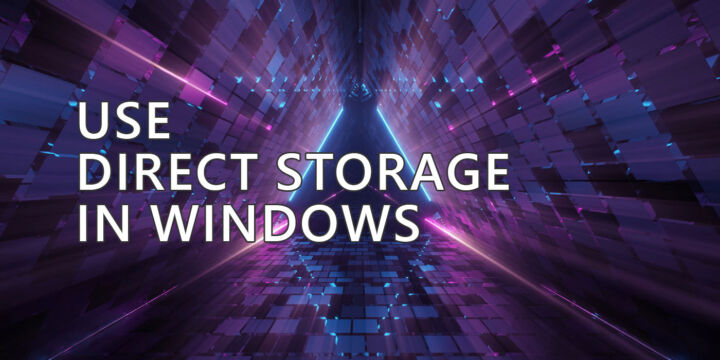- The handheld gaming consoles market just got possibly the best model yet, the Valve Steam Deck.
- The cheapest model starts at just $399 and runs Steam OS, but you can install Windows if you like.
- Based on the same AMD RDNA 2 architecture, just as the current next-gen consoles, Valve Steam Deck is a powerful mini gaming PC with a 7-inch screen and great battery life.
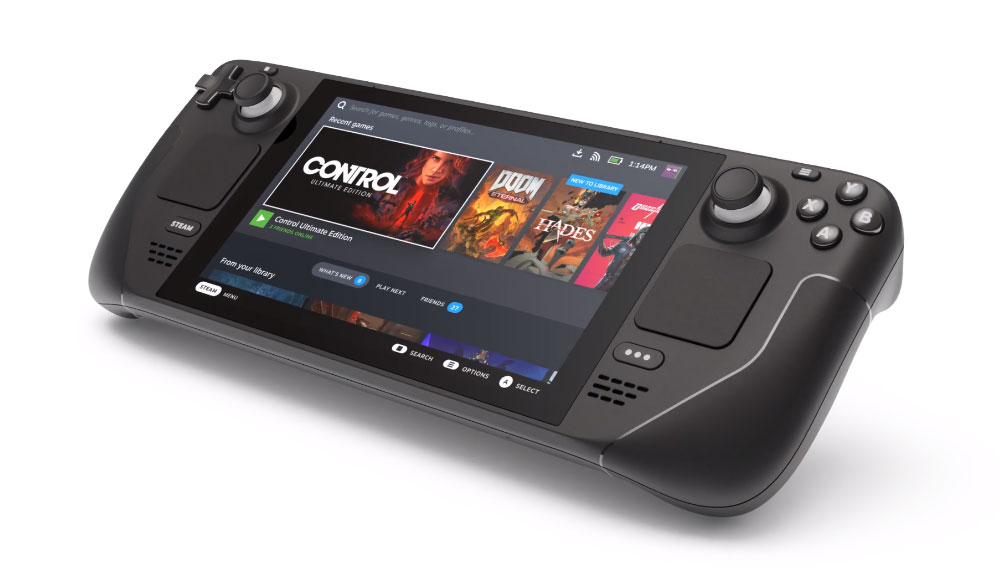
Valve took us by surprise by announcing the Valve Steam Deck, a very powerful handheld gaming console. It promises to be a true alternative to not just the Nintendo Switch (normal or OLED model) and is even capable of playing modern AAA games at Medium and High settings, competing with gaming consoles.
What makes the Valve Steam Deck cool is the fact Valve is not locking the software in any way. It comes with Steam OS, which connects to your Steam library, but you can wipe that and install Windows 10 or a fresh copy of Windows 11 if you wish.
You can then connect your peripherals, including a monitor (up to 8K!), and do some work as you would on a normal desktop computer. It might be the only computing device you need, except your phone, of course. Let’s see what it’s all about.
Valve Steam Deck Main Specs
The hardware is based on the highly efficient AMD RDNA 2 architecture, the same hardware used by the PlayStation 5 and the Xbox Series X and S. As you can imagine the power difference is pretty big, but so is the size, plus Valve was smart enough to put a 720p resolution screen, as it doesn’t make much sense to increase the pixel density (requires way more computing power to run and consumes more battery) on a 7-inch display.
| Display | 7″ 1280 x 800px @60 Hz (16:10 aspect ratio), 400 nits, touch-enabled |
| CPU | 4-core AMD Zen 2 CPU @ 2.4-3.5GHz |
| CPU Power | 448 GFlops FP32 |
| GPU | AMD RDNA 2 GPU 8 CUs @ 1.0-1.6GHz |
| GPU Power | 1.6 TFLOPS FP32 |
| RAM | 16GB LPDDR5 RAM (5500 MT/s) |
| Performance Target | 720p @ up to 60Hz |
| Storage | 64GB eMMC (PCIe Gen 2 x1) 256GB NVMe SDD (PCIe Gen 3 x4) 512GB high-speed NVMe SSD (PCIe Gen 3 x4) |
| Expandable Storage | microSD slot, UHS-I supports SD, SDXC, and SDHC |
| Display Output | USB-C with DisplayPort 1.4, 4K @120 Hz, or 8K @60 Hz max |
| Audio | Stereo speakers, dual-microphone array, 3.5 mm headphone jack |
| Wireless | Bluetooth 5.0, WiFi 802.11ac, 2.4 and 5 GHz, 2 x 2 MIMO |
| Battery | 40 Whr, 2 – 8 hours gameplay |
| Charging | 45W USB Type-C PD 3.0 |
| Size | 298 x 117 x 49mm |
| Weight | 669 grams |
The hardware doesn’t look too impressive, but a lot of games will run OK with a few settings optimizations, considering the lowish resolution screen. Plus, you can always use Steam Remote Play to stream games from a more powerful gaming PC, if you wish.
Looking at the buttons you can see the typical controller layout, with two full-size thumbsticks, a D-pad, four action buttons, four triggers, and four other buttons on the back, plus two good-sized touchpads, an evolution of the retired Steam Controller.
Available Configurations and Pricing
All this power comes with affordable pricing, especially for the entry-level model. In total there will be three configurations:
- 64 GB eMMC storage, with carrying case – $399
- 256 GB NVMe SSD, with carrying case and Steam Community profile bundle – $529
- 512 GB NVMe SSD, with anti-glare etched glass, virtual keyboard theme, carrying case, and Steam Community profile bundle – $649
I think 64 GB of internal storage is not enough, as a lot of modern games take up way more than 50-60 GB and you also have to consider the OS. 256 GB starts to be interesting, but if you plan on keeping this portable console for a long time I think it’s wise to get the top-end 512 GB model, which also features better screen glass.
If the SteamDeck was compatible with SD Express, one of the newest standards, I think it would be a great option to just expand storage with a compatible SD card that’s comparable in speed with internal storage.
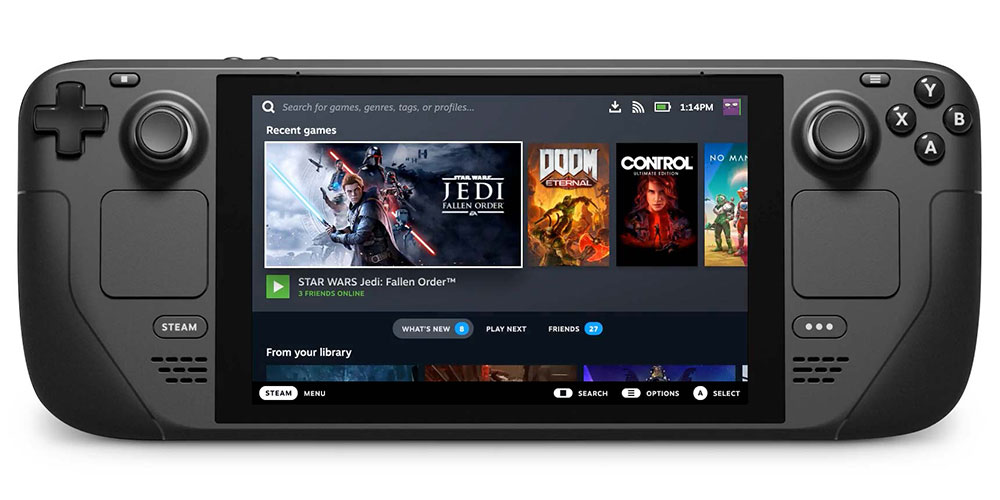

What I actually would have loved to see was an upgradable SSD, which is basically the only difference between these three models. The $250 difference is hard to justify for just 448 GB of storage. You can get a speedy 2 TB NVMe model for that kind of cash.
Update: Valve confirmed there’s a replaceable M.2 slot inside the Steam Deck. This means you can buy the cheapest model and then upgrade to a larger drive at a fraction of the cost.
The console was not yet released. You will be able to reserve one starting June 16th, with shipments scheduled for December 2021, just in time for the holiday season.
I personally like the Valve Steam Deck, but I would wait for reviews before buying one. What do you think of it?


